The post Chinese Cloisonne appeared first on Antique Butterflies.
]]>Chinese Cloisonne Butterflies. Cloisonne reached China in the 13–14th centuries; the first written reference is in a book of 1388, where it is called “Dashi ware”. No Chinese pieces clearly from the 14th century are known, the earliest datable pieces being from the reign of the Xuande Emperor (1425–35), which however show a full use of Chinese styles suggesting considerable experience in the technique. It was initially regarded with suspicion by Chinese connoisseurs, firstly as being foreign, and secondly as appealing to feminine taste. However, by the beginning of the 18th century the Kangxi Emperor had a cloisonné workshop among the many Imperial factories. The most elaborate and highly valued Chinese pieces are from the early Ming Dynasty, especially the reigns of the Xuande Emperor and Jingtai Emperor (1450–57), although 19th century or modern pieces are far more common. The Chinese industry seems to have benefited from a number of skilled Byzantine refugees fleeing the Fall of Constantinople in 1453, although based on the name alone, it is far more likely China obtained knowledge of the technique from the middle east. In much Chinese cloisonné blue is usually the predominant colour, and the Chinese name for the technique, jingtailan (“Jingtai blue ware”), refers to this, and the Jingtai Emperor. Quality began to decline in the 19th century. Initially heavy bronze or brass bodies were used, and the wires soldered, but later much lighter copper vessels were used, and the wire glued on before firing. The enamels compositions and the pigments change with time. Reference: Wikipedia
Below are some examples of Chinese cloisonne objects with butterflies in their design.

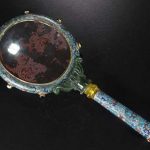




The post Chinese Cloisonne appeared first on Antique Butterflies.
]]>The post Japanese Cloisonne Butterflies appeared first on Antique Butterflies.
]]>Japanese cloisonne. Cloisonné enamels in Japan had traditionally been used only as small areas of decoration on architecture and on sword fittings. Around 1833 a former samurai, Kaji Tsunekichi of Nagoya in Owari Province (modern Aichi Prefecture), like many other samurai of that time, was forced to find ways to supplement his meagre official income. It is believed that Kaji obtained a piece of Chinese cloisonné enamel and took it apart, examined how it was made and eventually produced a small cloisonné enamel dish.
By the late 1850s he had taken on pupils and was appointed official maker to the regional warlord of Owari province. There was a huge increase in the production of cloisonné enamel ware following the ‘reopening’ of Japan in the 1850s and the ensuing obsession in the West for all forms of Japanese art. Reference: The Victoria and Albert Museum
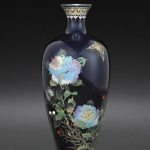
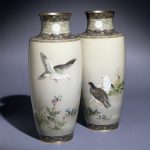
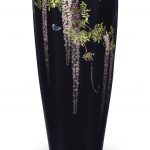
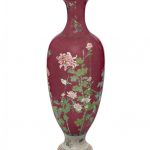





The post Japanese Cloisonne Butterflies appeared first on Antique Butterflies.
]]>The post Cloisonne Butterflies appeared first on Antique Butterflies.
]]>Cloisonne butterflies. Cloisonné is an ancient technique for decorating metalwork objects. In recent centuries, vitreous enamel has been used, and inlays of cut gemstones, glass and other materials were also used during older periods. The resulting objects can also be called cloisonné. The decoration is formed by first adding compartments to the metal object by soldering or affixing silver or gold wires or thin strips placed on their edges. These remain visible in the finished piece, separating the different compartments of the enamel or inlays, which are often of several colors. Cloisonné enamel objects are worked on with enamel powder made into a paste, which then needs to be fired in a kiln. Reference: Wikipedia
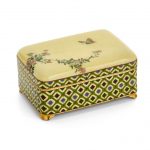
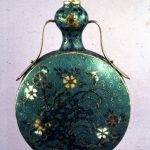
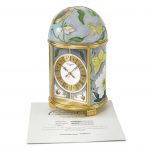
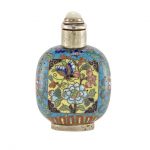
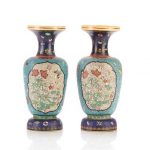

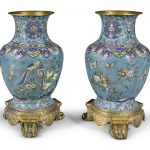
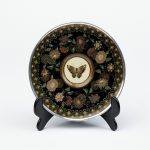
The post Cloisonne Butterflies appeared first on Antique Butterflies.
]]>